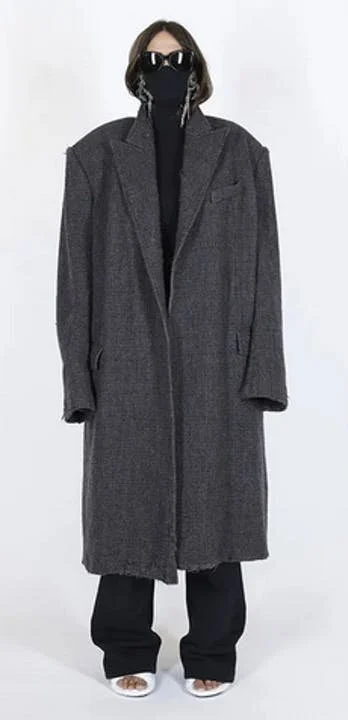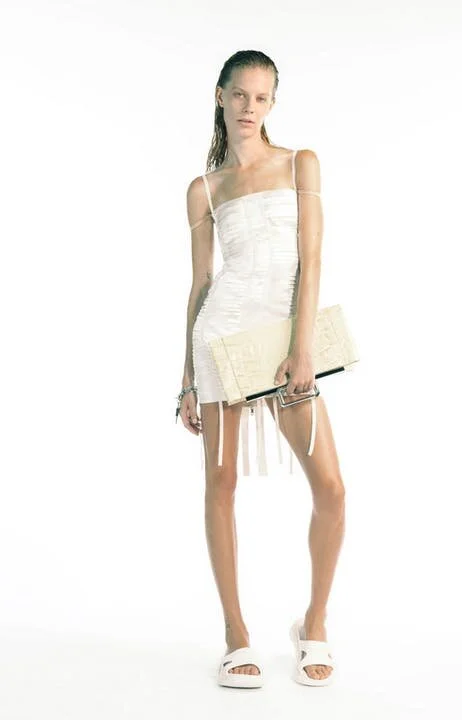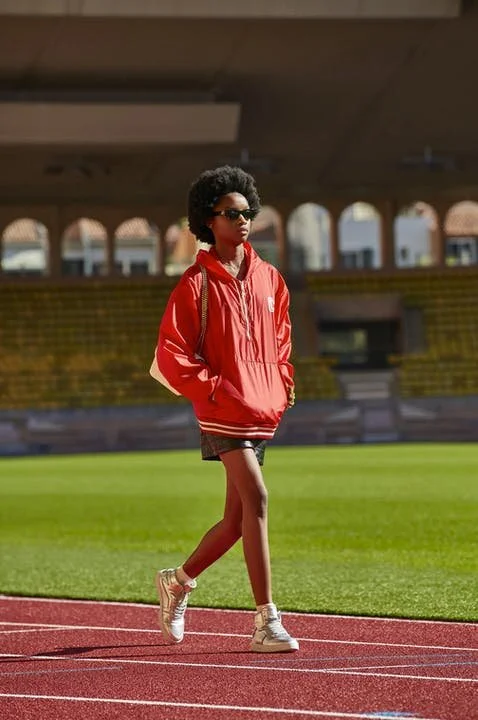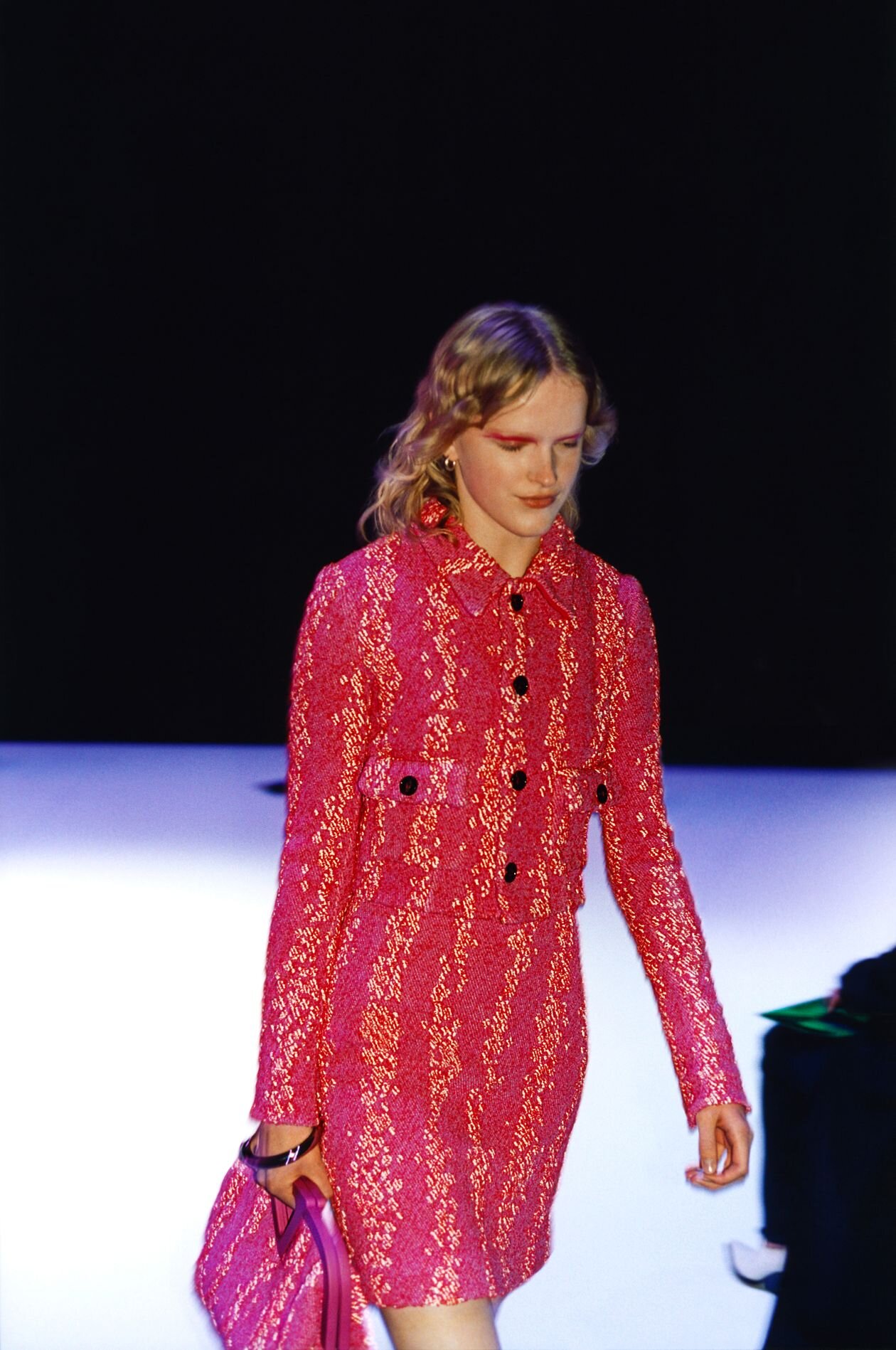Step out in style this season by rocking these Spring/Summer 2021 trends straight from the runways of Chanel, Louis Vuitton, and more.
by Margherita Meda (Italy)
After a year that rocked the world in every direction, big changes are inevitable. As fashion often reflects society's everyday experiences, the Spring/Summer 2021 collections were the first shows (virtual and in-person) to offer designers' commentary on the events of 2020. As for the clothes, the old rules you knew no longer apply. Fresh trends have emerged, claiming the right to be a part of the new world order. To join this cultural revolution, check out the 15 trends you should be wearing from the Spring/Summer 2021 runways.
'80s Graffiti
Chanel
Louis Vuitton
Marni
Dolce & Gabbana
No longer relegated as decoration for streetside walls, today's graffiti invades the world of fashion as a colorful boost to even the most luxe collections. From Louis Vuitton to Chanel, catwalks boasted bright colors and '80s style.
Pastels
Giambattista Valli
Chanel
Alberta Ferretti
Chloé
Valentino
Givenchy
Versace
Patou
Victoria Beckham
Raf Simons
Versace
Nobody can resist the sweetness of pastel colors. For your 2021 color palette, think cheerful and optimistic. Whether you're going for something romantic like Giambattista Valli or sexy in Versace, pastels are the way to go.
Boyish
Acne Studios
Proenza Schouler
Ami
Givenchy
Stella McCartney
Hermès
Jacquemus
Coach
Proenza Schouler
Versace
Mugler
Tod's
The Row
Valentino
It is no longer necessary to steal from your boyfriend's wardrobe. The thin line between male and female clothing has faded. This year, experiment with sizes and shapes and create the outfit of your dreams by dipping into the menswear section for some maxi blazers, straight-legged pants, and oversized shirts.
Couture Skirts
Balenciaga
Dries Van Noten
Maison Margiela
Michael Kors
Givenchy
Jacquemus
Valentino
Invest in a couture skirt without being afraid to exaggerate. After all, the term "excessive" rarely applies when it comes to fashion. Why not take pleasure in a garment that breaks the boundaries of traditional style? With sequins or feathers, details are the real key to making couture work for you.
Fishnet
Balenciaga
Hermès
Burberry
Fendi
Rick Owens
Jil Sander
If you've turned up your nose to the fishnet trend in the past, think again. Rocking this cagey style is a game of layering and details.
'90s Helmut Lang
Balenciaga
Coperni
Balenciaga
Givenchy
Raf Simons
Proenza Schouler
Givenchy
If you don't know by now, consider this your wake up call: the '90s are back. However, this season, the world of Helmut Lang—which marked an entire generation of young cosmopolitan creatives—takes the main stage as our retrospective inspiration. Take this season to reducate yourself on the brand's urban chic revolution in the pre-Internet era.
Cinched Waist
Chanel
Prada
Chloé
Fendi
Prada
To give traditional dresses an update, the trick is to choose the right balance between past and contemporary. Keep the lines classic, but the details modern. Cinch the waist with a chic belt to define the silhouette and get that elusive hourglass shape.
Minimalist
Acne Studios
Coperni
Emporio Armani
Giorgio Armani
Prada
Proenza Schouler
Sportmax
You can never go wrong with minimal. The long-coveted aesthetic returns to the catwalk playing with black and white tones. Simple and clean lines dominated the runway: the essentiality of a Proenza Schouler coat, the angelic whiteness of an Emporio Armani dress, and the transparencies of Acne Studios. Everything is possible in the name of minimalism.
Oversized Shoulders
Balenciaga
Balmain
Fendi
Maison Margiela
Givenchy
JW Anderson
Patou
Rick Owens
Shoulder pads are back. Though the style is a hallmark of the '80s, many don't know that they were first popularized by the military. The trend began in the '40s when they wore uniform jackets with slightly pointed shoulders. However, for today's designers, the shoulder pad fad has taken on a life of its own. They add that unexpected twist for lovers of danger and for those who like to push the parameters of today's trends.
Prints
Dior
Gucci
Isabel Marant
Kenzo
Miu Miu
Patou
Prada
Proenza Schouler
Valentino
Colorful, bold, and over the top: this year the prints unleash their potential to the maximum, exuding joy and gaiety. After long months (has it only been months?) spent within the walls of ours homes, this spring is the time to stand out.
Sequins
Chanel
Junya Watanabe
Rick Owens
Valentino
It's been too long since the last party and the excitement of wearing a shiny dress that comes with it. It's time to rejoin society and do it in style. Sequins seem to be the only answer to make up for the months spent in the comfort of our sweatpants and leggings.
Silver
Balenciaga
Dries Van Noten
Lanvin
Burberry
Miu Miu
Isabel Marant
Paco Rabanne
Valentino
Continuing the party theme, consider silver to be your go-to color for the season. The metallic hue was all over the runways this season leaving behind a trail of magnetic fashion choices.
Trench Coats
Burbery
JW Anderson
Altuzarra
Coach
Ferragamo
Max Mara
Loewe
Prada
Louis Vuitton
Paco Rabanne
Victoria Beckham
Patou
The trench coat changes its skin this year with new colors, patterns, and fabrics. For those who love to experiment but remain faithful to tradition, upping your trench game with a more exaggerated silhouette or embroidered detail provides the perfect new staple pieces your closet needs.
Tie-dye
Dior
Tom Ford
Dries Van Noten
During quarantine, the world mobilized in the name of do-it-yourself. As a result, designers found themselves gravitating to the hippy-inspired trend as well. If you're a fan of rainbows, this is the trend for you.
Urban Sportswear
Celine
Louis Vuitton
Lacoste
Gucci
Prada
Miu Miu
Versace
Miu Miu
Who could have imagined that athletic apparel could be so chic? Team uniforms have become essential in the wardrobe of a true fashionista this year, especially if they come stamped with a designer label.




























































































































































